Dated 31 December 2009: Anime Tourism
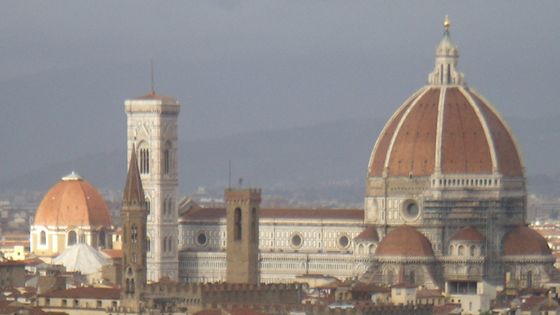
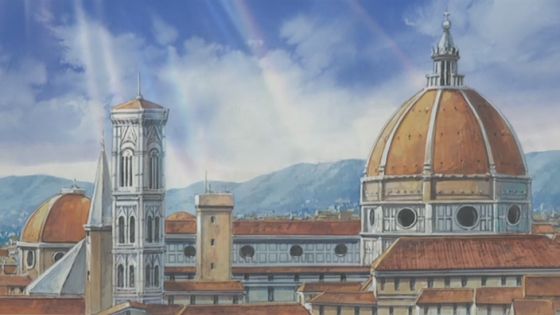
Firenze.
< rq> 3 weeks, $5,000. what are some good vacation destinations.
< cheese> stay at home and spend your 5k on anime figurines
< Evirus> You could conduct some anime tourism and visit Real Life settings in Japan.
< rq> i would need a guide
< Evirus> Maybe you could get on the Miracle Train and have Akari guide you.
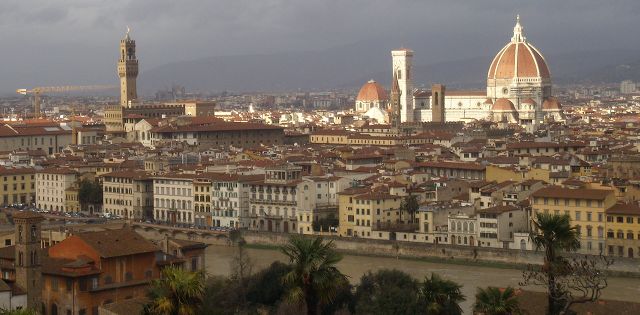
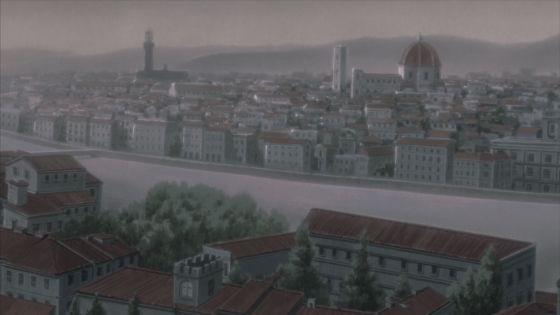
Firenze skyline.
Speaking of anime tourism, there are actually people who do this [Update: See also http://blog.livedoor.jp/kouhei14915/]. Naturally, most of these pilgrimages occur in Japan since the vast majority of anime series take place in Japan, but there are titles with settings in other countries.
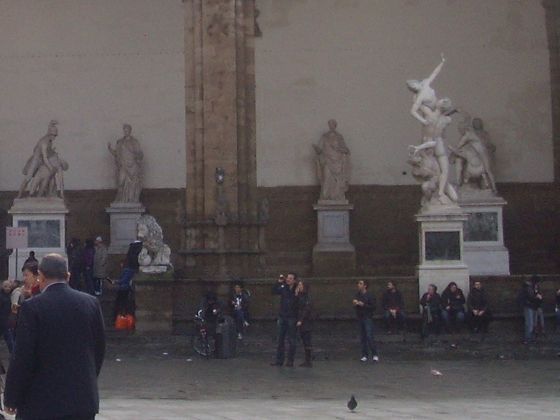
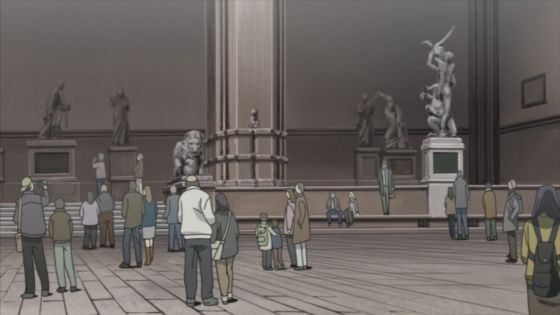
Loggia dei Lanzi in Firenze.
Notably, Gunslinger Girl takes place in Europe—primarily Italy. Many of the scenes are surprisingly accurate, too. For example, a car chase in Florence—while impractical given the narrow roads and masses of tourists along the river Arno in real life—includes the appropriate turns to take the characters into the hills south of the city.

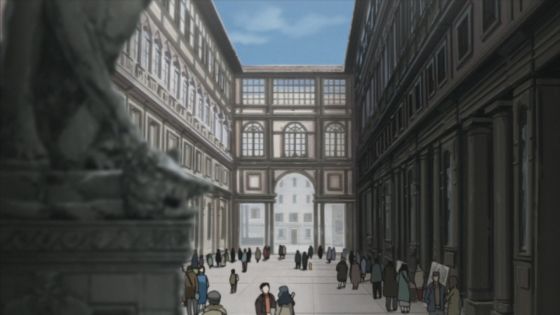
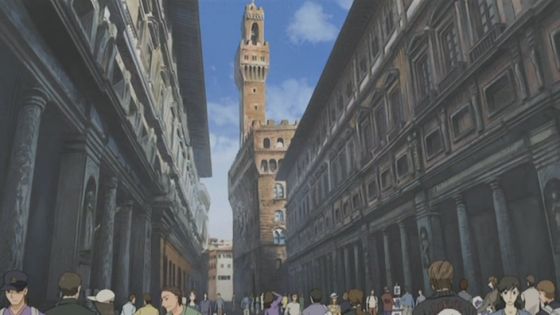
Outside the Uffizi.
Gunslinger Girl also devotes a substantial portion of episode seven to the artistic treasures of Florence, including a short tour of the Uffizi. Aside from some fudging regarding the availability of WCs and the apparent lack of metal detectors at the entrance, the scenes inside the Uffizi itself are at least as accurate as the other Gunslinger Girl settings.
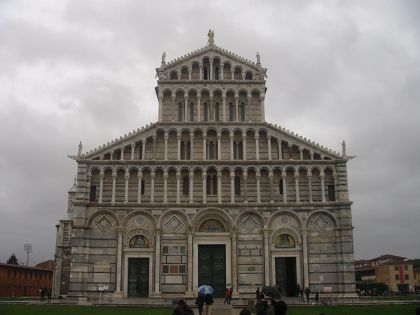
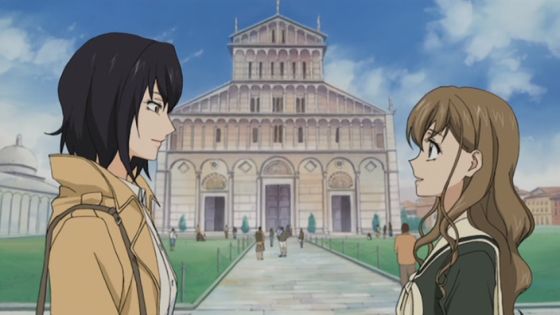
Rosa Canina and Rosa Gigantea before the Cathedral of Pisa.
Aside from shows set in Europe like Gunslinger Girl, Noir, Monster, and a smattering of titles taking place in North or South America, I am hard pressed to recall many series set in realistically depicted locales outside of Japan. E.g., Eden of the East, sort of realistic. Phantom ~Requiem for the Phantom~? Less so.


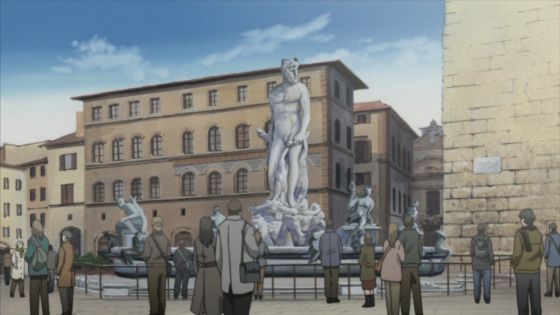
Ammannati's Neptune in Piazza della Signoria.
There are obvious difficulties preventing more anime series from taking place outside of Japan, but it would be nice if more shows would make the attempt. At least there are occasional cross-border operations, as with Nodame Cantabile: Paris. Considering how many show have token "studied abroad" characters such as Mayu from Ai Yori Aoshi or "parents perpetually traveling on business" characters such as Eri from School Rumble and Honoka from Futari wa Pretty Cure, you'd think at least periodic throwaway scenes would be more prevalent. Heck, Full Moon wo Sagashite managed a trip to America, although that excursion was instrumental to the plot.
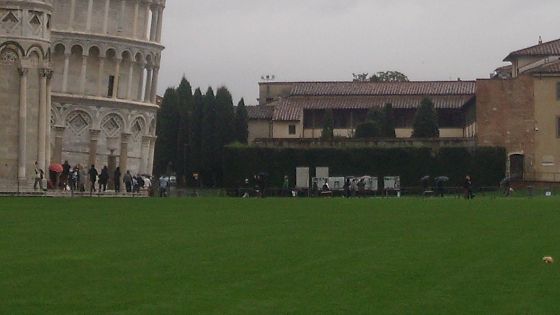
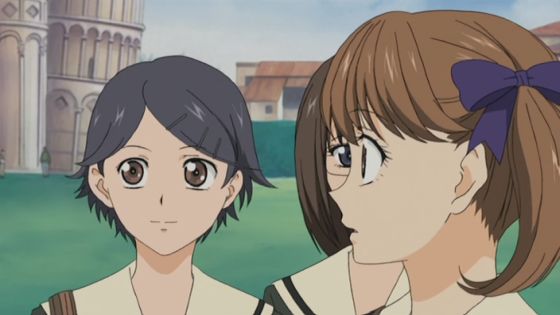
Mami, Tsukato, and Yumi visit the Field of Miracles in Pisa.
Another example is the fifth Maria-sama ga Miteru "third season" OVA which includes a whirlwind tour of Italy, hitting Rome, Venice, Pisa, and Florence if I remember correctly. Here, the Marimite cast visited most of the tourist hot spots, albeit briefly. (Anyone know if the seiyuu got a chance to go "on location" like the cast of Stratos 4 did?)
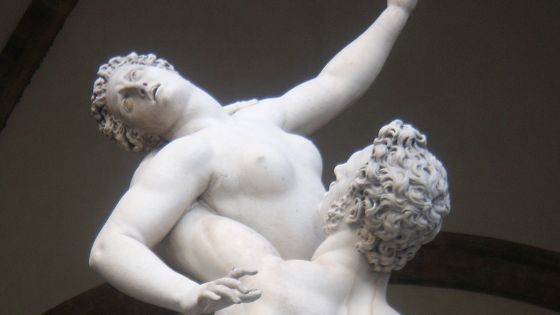
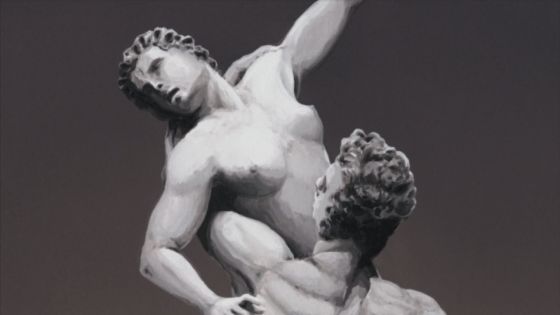
The Rape of the Sabine Women.
However, unlike Gunslinger Girl, the Marimite visit to Florence did not devote attention to The Rape of the Sabine Women. In fact, the OVA devoted more time to the Field of Miracles in Pisa than it did to all of Florence combined.

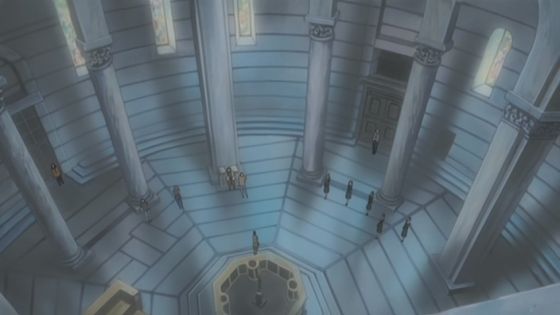
The Baptistery of St. John.
Those of you familiar with the episode may recall how different Rosa Canina's singing voice sounded compared to her speaking voice. While I don't know if a different voice actress pinch hit for the song, the tonal differences can at least be attributed to the exceptional acoustic qualities of the Baptistery.
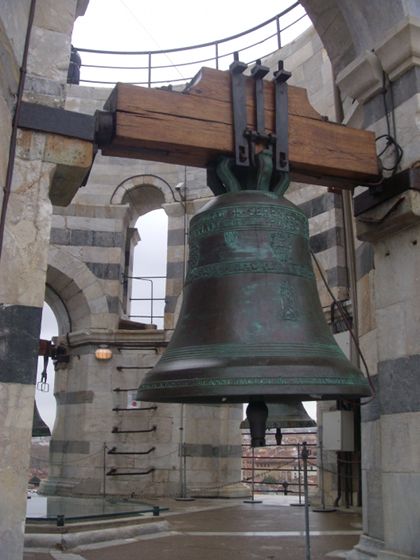
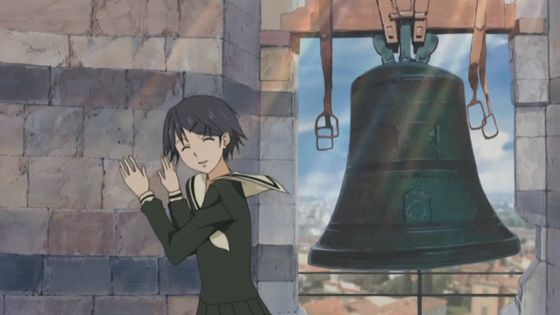
Mami near the top of The Leaning Tower of Pisa.
On the other hand, Yoshino declining to ascend the final flight of stairs in the Leaning Tower of Pisa is incomprehensible. Although I can accept Yumi taking a pass on the better view, such a decision is completely uncharacteristic of post-operation Yoshino. It seems if Yumi and company were to abandon the climb, they would have given up at the (admittedly less photogenic) halfway point than, as depicted, the landing just short of the very top.
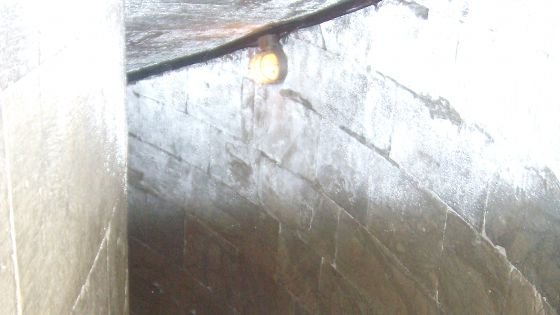
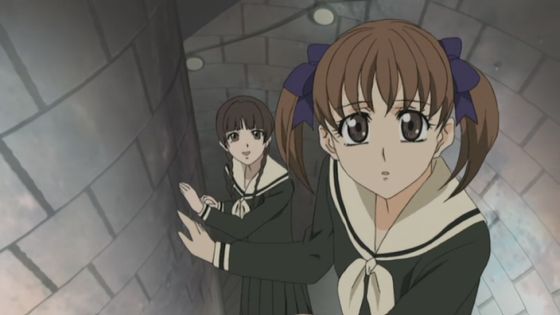
Yoshino and Yumi climb the Leaning Tower of Pisa.
As far as I know, Sachiko (who wasn't there) is the only character afraid of heights, and none of the second-years are infirm anymore (at least not much), so the characters' mutual decision to abandon the ascent while in sight of the top is even more peculiar. Perhaps the animation department lacked the research to accurately animate the top of the tower and the surrounding view. I'm not familiar enough with the original novels to know how the corresponding scene played out originally.
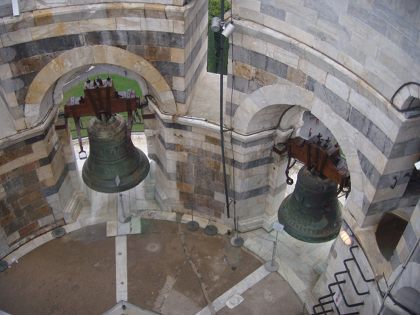
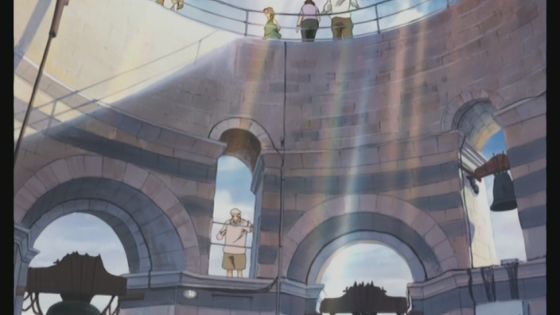
Near the top of The Leaning Tower of Pisa.
This reminds me that I still haven't finished my Maria-sama ga Miteru posts as promised. Of course, I also haven't finished my Iriya no Sora, UFO no Natsu comparisons with Saikano. Hopefully the statute of limitations hasn't run out yet on either of those endeavors.

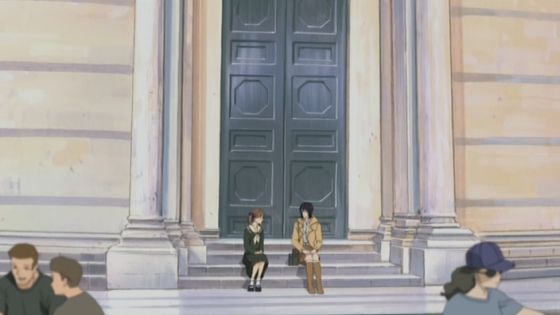
Yumi and Rosa Canina outside the Baptistery in Pisa.
To that end, I shall digress from the current Anime Tourism topic to remark on a primary failure of the later Maria-sama ga Miteru seasons: Not enough Sei. The Italy OVA of the third season featured here is especially culpable of Sei omission. Because while she was there, she wasn't really there. (This is less obtuse if you've actually seen the episode.)
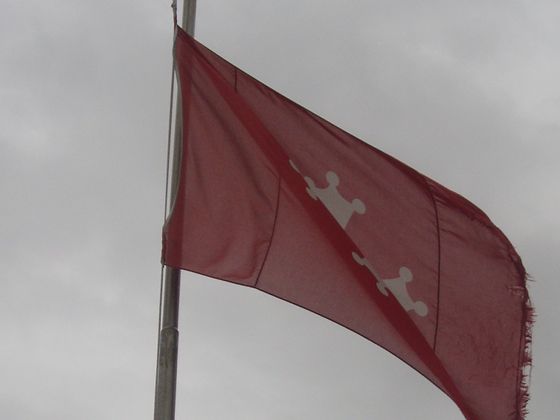

Flag atop the Leaning Tower of Pisa.
Picking Sei as one's favorite Marimite character is an uncontroversial no-brainer, but this is also a testament to the impact and influence she has on Yumi and the show as whole. Like I said before, the underlying theme to Marimite is Growing Up. Specifically, it's about Yumi growing up, to no small credit thanks to Sei's guidance (read: constantly fucking with her) when Yumi was a first-year student. (That we only see Sei herself grow up through flashbacks is our loss.) Sei's importance to Marimite, even in absentia, permits the fifth OVA of the third season to make her a MacGuffin that ostensibly steers the episode, setting the appropriate flags for Yumi's good ending, as it were, but she's still sorely missed.


